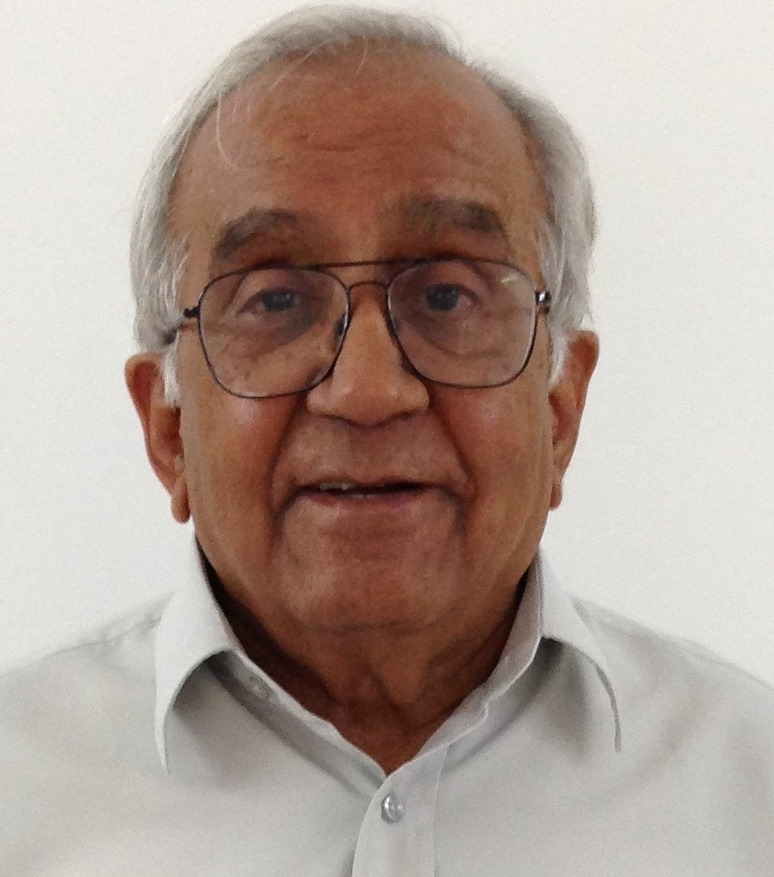
Options Magazine, Summer 2023: Q&A with IIASA Honorary Scholar Prof. Kirit Parikh, a long time IIASA collaborator and supporter of the institute's Young Scientists Summer Program.
IIASA research collaborations with India stretch back to the 1970s. Prof. Kirit Parikh is Chairman at the Integrated Research and Action for Development (IRADe), Former Member at the Government of India’s Planning Commission, Chairman of the Kirit Parikh Committee on gas pricing, and an IIASA Honorary Scholar. Together with his wife, Prof. Jyoti Parikh (IIASA Alumna, Executive Director of IRADe, and Nobel Peace Prize laureate 2007), they established the Prof. Jyoti and Prof. Kirit Parikh Fellowship, which aims to support talented researchers from India and other developing countries.
What are the key recommendations of the Kirit Parikh Committee on gas pricing for India?
Currently, natural gas consumption in India constitutes around 6.5% of the country’s total energy basket, which the government wants to raise to 15% by 2030. Also, 45-50% of gas is imported as liquefied natural gas (LNG). Given the large volatility in the international gas price, domestic production has to be increased if the target is to be reached. Some 14 different price regimes are present, depending on how the gas field was allotted, involving cost-sharing, profit-sharing, or revenue-sharing. The fields allotted to public sector firms were not competitively bid, and the government sets the price for their gas. This gas, called Administered Price Mechanism (APM) gas, is given for certain uses that the government wants to promote, such as piped natural gas (PNG) for households as a clean cooking fuel and compressed natural gas (CNG) for transport vehicles. These are desirable uses as they reduce indoor and urban air pollution.
We recommended that the APM gas price should be set relative to the cost of imported crude oil so that PNG and CNG users will find the gas cheaper than alternatives and other producers should have pricing and marketing freedom by 1 January 2027.
How should sustainable economic growth be realized?
The path to sustainable development has to be sensitive to the impact on all sections of society, particularly the poorest. Almost all economic activities have environmental consequences, and the burden of environmental degradation must be assessed and accounted for. For example, phasing down coal can disrupt the livelihoods of millions of people employed in the coal industry in India. Policies should recognize the impact on the poor and take appropriate measures to protect them.
What is the aim of the Parikh fellowship?
IIASA plays a very important role in exploring pathways to net zero. Collaboration with Indian modelers can help bring in the viewpoints and concerns of developing countries. Also, case studies in India can help assess the effectiveness of policies in different environments. More visiting scholars from India to IIASA and vice-versa for periods of around three months can make them sensitive to larger concerns and aware of the benefits of system analysis.
What do you think of youth-organized global climate strike movements?
It is a most encouraging sign. Many countries that need to take action for climate change seem to be stuck in denial and do not show the necessary resolve. I see great awareness among young people worldwide, and I think they will lead us to more determined action.
By Bettina Greenwell

